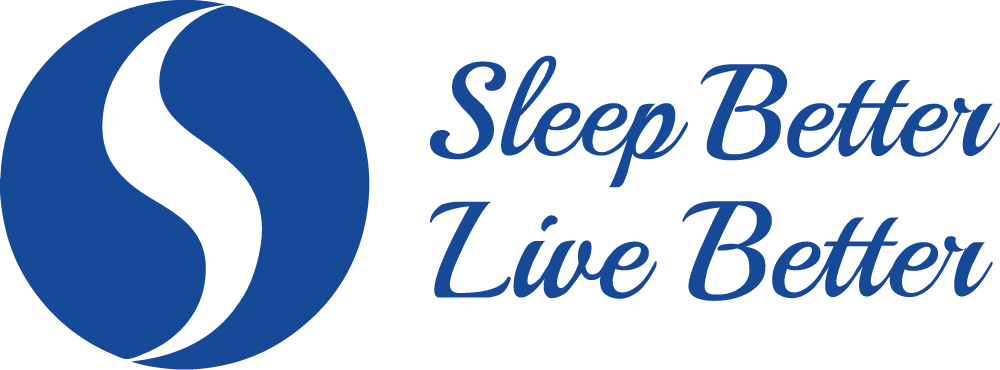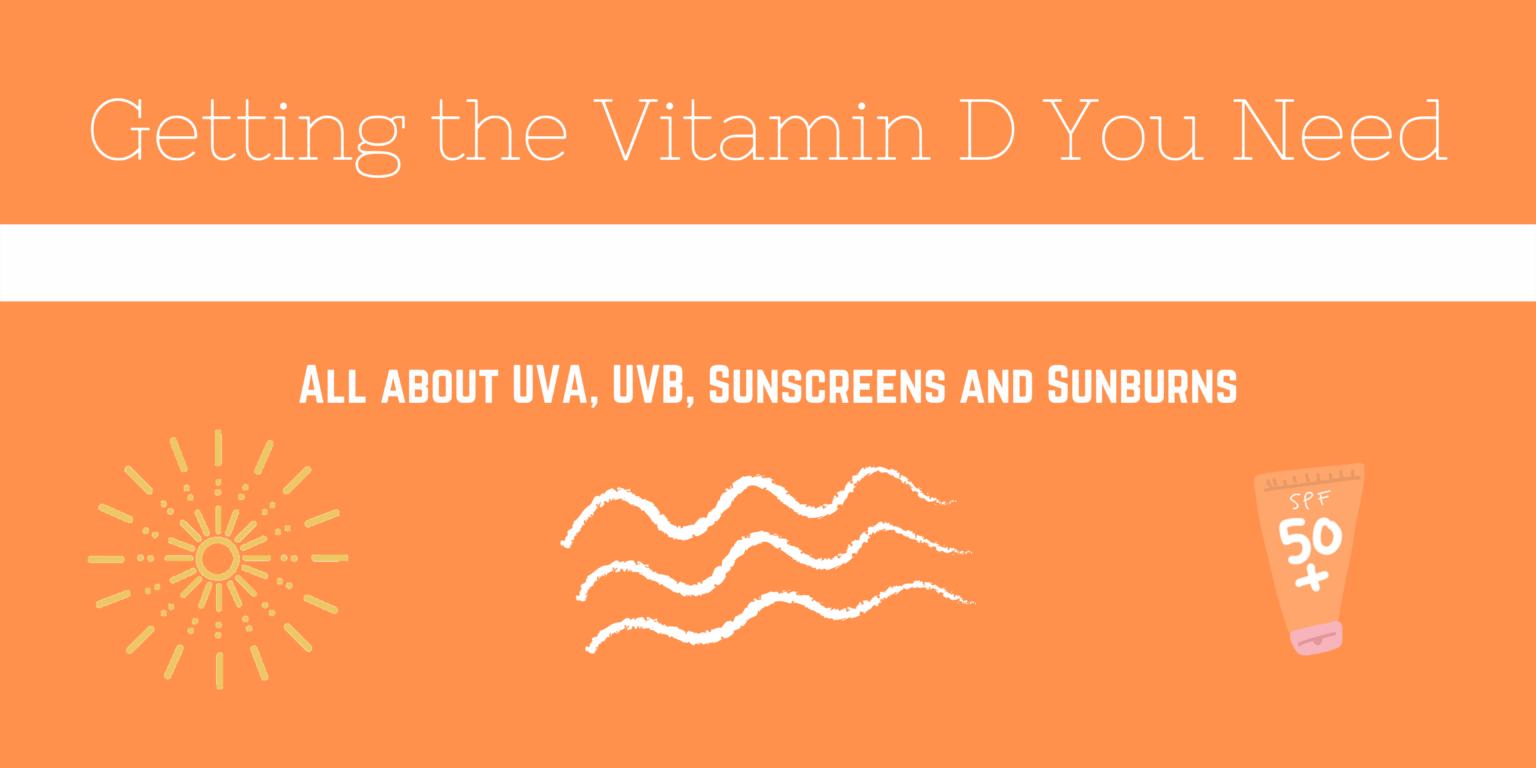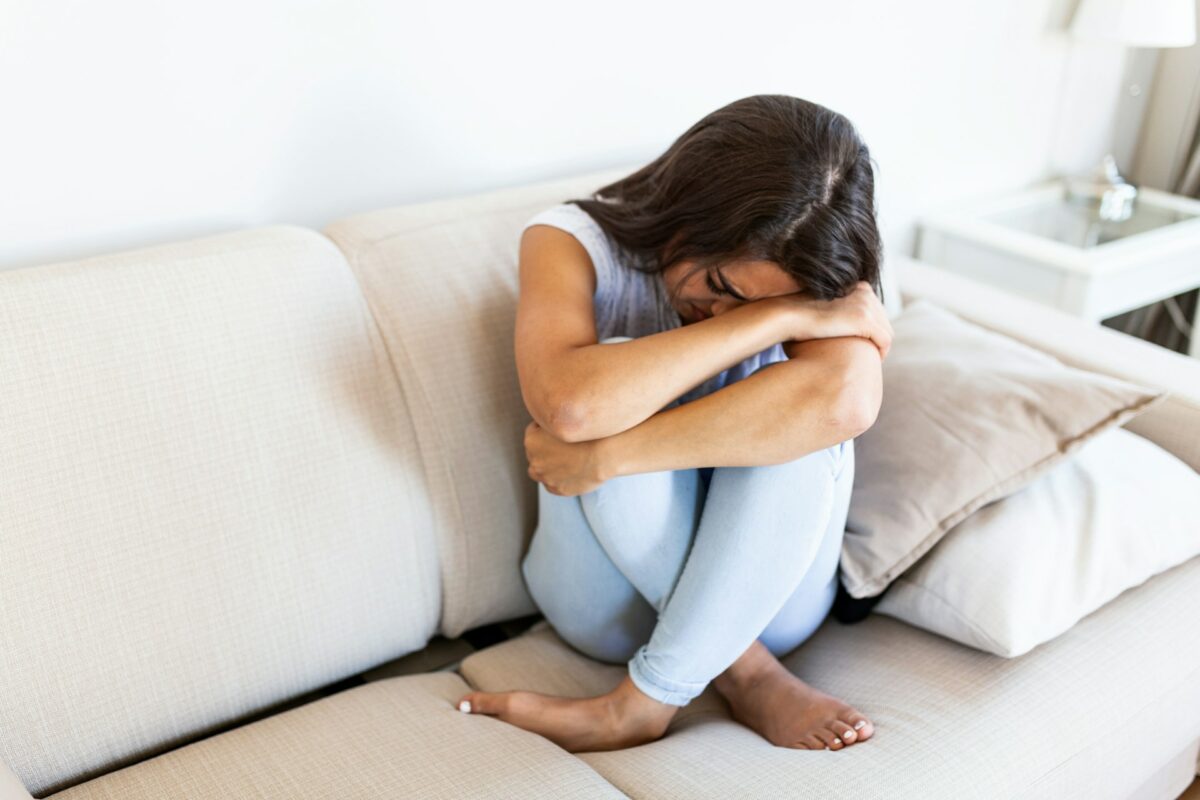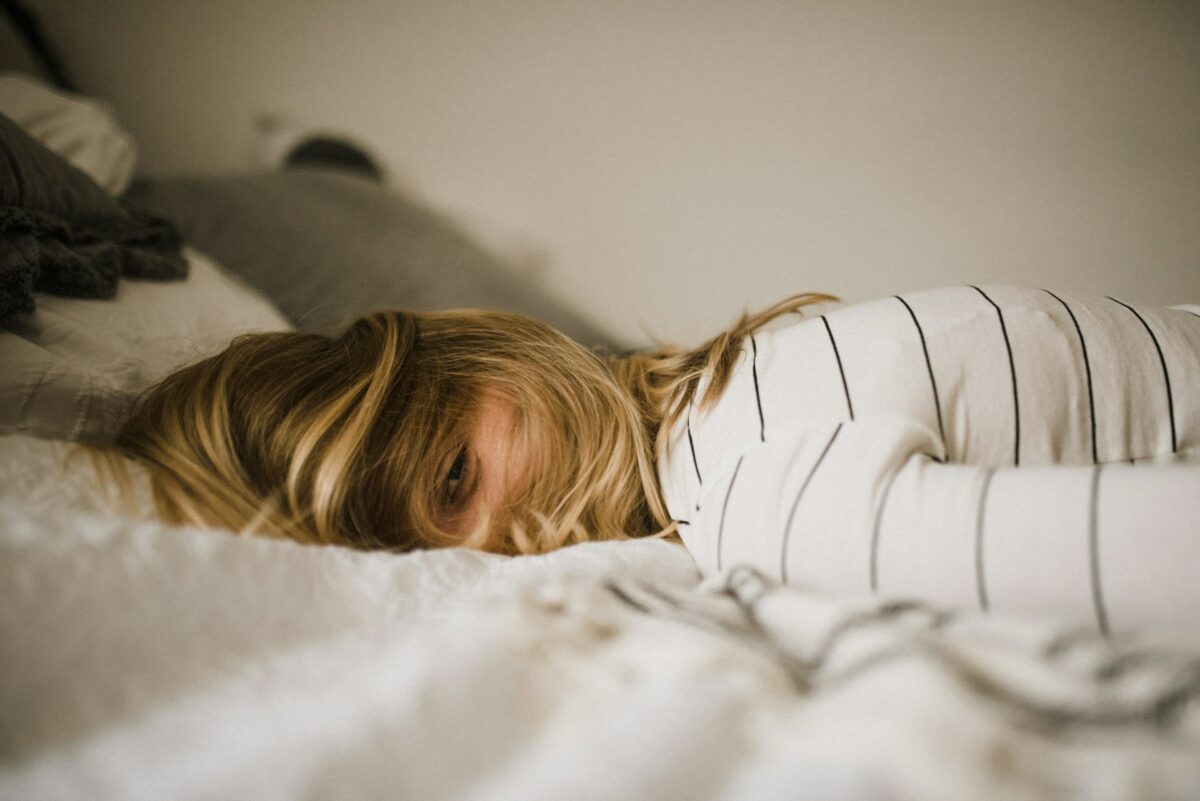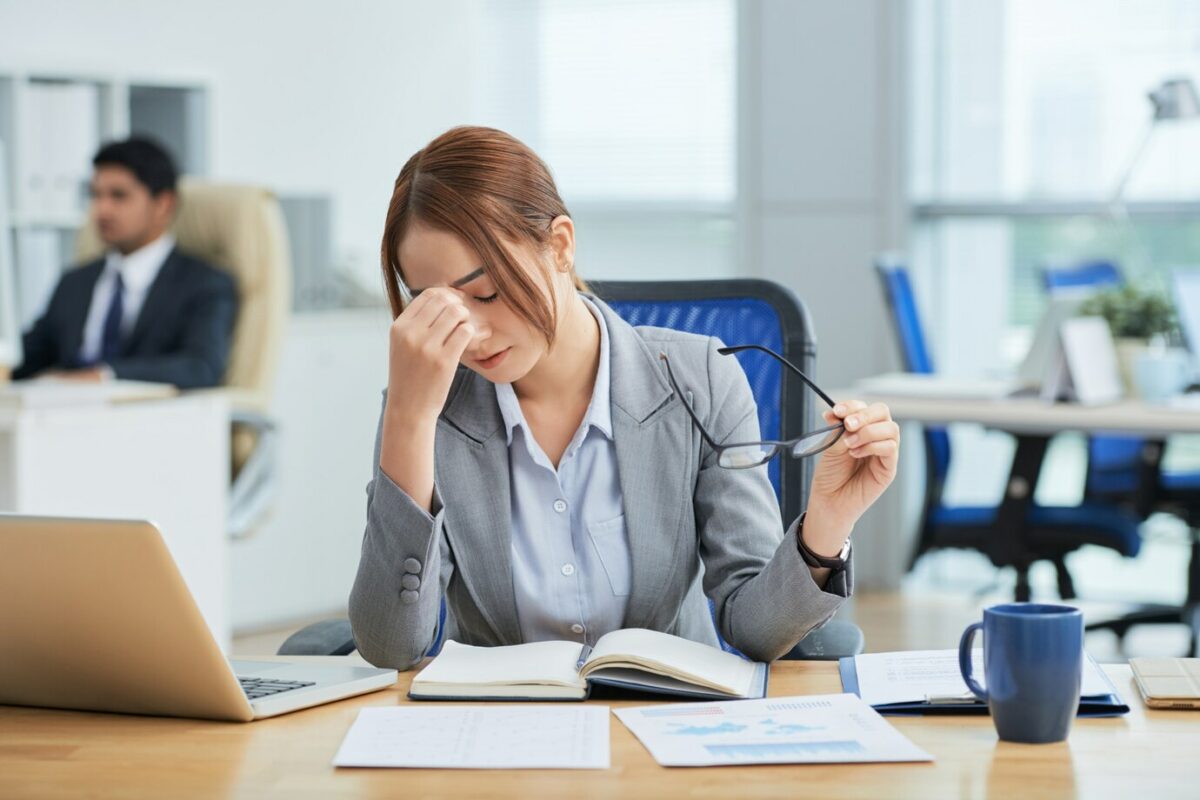Getting the Vitamin D You Need
If you missed Part 1 check out last week’s article to learn how we get our
Vitamin D and why it is so important to us.
Now that we know Vitamin D3 is so important, how do we get enough of it? For decades, the recommended daily dose has been somewhere under 1000 IU, and over time this has slowly increased as we recognize the massive Vitamin D deficiency present in most developed countries. It is not hard to see why we are deficient, especially since the advent of air conditioning, sunscreen and office jobs. There is evidence that shows that if you are outside in the natural sun with no to minimal clothing on, your body will produce up to 20,000 IU per day. That is 20x the recommended daily dose! This shows that we have severely underestimated the amount of Vitamin D that our bodies want and need, but please do not start taking 20,000 IU without medical professional consultation. We cannot change our diet to increase our Vitamin D3 levels as that was never our natural source of D3 to begin with. We have to take a look at both supplementation and the natural process of getting Vitamin D, the Sun!
We have been told that going out in the sun without protection from clothing or sunscreen is a sure-fire way to develop skin anomalies and even cancer. Now we know that sun exposure is actually essential to one of our body’s most important hormones. Specifically, we need access to UVB. When we are exposed to sunlight, we can see the visible light, but there is also infrared light and ultraviolet (UV) light. Of the UV light, there is UVA and UVB. Both can cause damage to the skin, but UVA specifically can reach deeper layers of the skin which causes damage to the layers of tissue where most skin cancer occurs (Chien and Jacobe, 2019). UVB causes more surface damage and is also responsible for the sunburn you get once you have spent too long in the sun. How do we protect ourselves from the damage while still accessing beneficial UVB? To start with, let’s take a look at sunscreen so we can better understand why it might not be the greatest solution to protect sun-damaged skin.
Conventional sunscreen only blocks UVB, and the SPF rating only assesses the amount of UVB that is being blocked. Broad-spectrum sunscreens do also block UVA but there is no rating system for this (Mayo Clinic Staff, 2019). This has a few problems. The first is that we absolutely need UVB to create Vitamin D on our skin. Sunscreen prevents that. The second is that UVB has a built-in warning system, the sunburn! By using conventional sunscreen, you are blocking the UVB that causes your skin to go red, which tells you to get out of the sun, but you are still incurring the damage of UVA.
New research on sunscreens even shows that some chemicals in some sunscreens act as hormone disruptors, and cause certain cancers to develop and grow (Breastcancer.org, 2020).
Well if sunscreen isn’t the best answer, maybe just staying inside and supplementing with Vitamin D3 is better? There are several studies, including one done in 2011, that show that even though outdoor workers have 3-10 times the UV exposure as indoor workers, people working inside tend to have the same or even higher rates of skin cancer (Godar, 2011).
There seems to be a few reasons for this. While working in an office, it is highly likely that any sunlight you do get will be through a window, which will block the UVB light from warning you that you have been in the sunlight too long, but will still allow damaging UVA light through. Indoor workers also tend to consolidate all their sun exposure into weekends and vacations, which does not allow for sufficient base tan and usually results in sunburn, which we know is damaging to the skin.
Spending hours in the sun with or without sunscreen is not ideal, and neither is staying undercover all of the time. Safe sun exposure is a great way to get some Vitamin D3. This means incrementally increasing your sun exposure during the less intense hours of the day (Sunrise-10AM and 4 PM -Sunset). Utilize wide-brimmed hats to protect your more delicate skin, and utilize clothing once you pass the limit on the amount of sunlight you want to be exposed to. Find broad-spectrum sunscreens or those with natural ingredients (zinc-based) proven to block both UVA and UVB if you will be in the sun for an extended period of time without protection, and avoid sunscreens with a long ingredients list of unfamiliar chemicals. Be conscientious that sunlight through glass still can be damaging even without the sunburn. Unfortunately for most of our lifestyles, we cannot sit incrementally in the sun for a specific amount of time each day. We are busy people and many of us have indoor jobs! This is where supplementation comes in.
What we have learned recently is that utilizing blood levels is extremely important in assessing an appropriate Vitamin D dose. Because Vitamin D is really a hormone, it is important to assess the actual level in our body and not just advise a daily amount. This will vary widely depending on your daily routine, how much time you spend outside, and the color of your skin. The darker the tone of your skin, the more slowly your skin synthesizes Vitamin D3.
So how do you make sure you are getting enough? This is why Dr. Stasha Gominak created her RightSleep program. After years of clinical experience and research with Vitamin D, she has created a program to help normalize your Vitamin D levels through supplementation and regular blood work, as well as supplementing B Vitamins that are intrinsically tied to Vitamin D and Gut Health. Our clinic has trained in this program and is able to offer it to patients. Contact us today if you would like to assess your Vitamin D levels and have a personalized program created to optimize your health.
If you have questions about your sleep or the sleep of someone you know reach out to us today
604-58SLEEP (604-587-5337) or
604-98SLEEP (604-987-5337)
info@sleepbetterlivebetter.ca www.sleepbetterlivebetter.ca
Sleep Better Live Better
Accredited by the College of Physicians and Surgeons of BC for Home Sleep Apnea Testing and CPAP
Qualified Diplomate American Board of Dental Sleep Medicine Provider
We are your
Centre for Excellence in Accredited Home Sleep Diagnostics and Non-Surgical Sleep Therapies including
Custom Oral Appliances, CPAP and exCite OSA
References
Breastcancer.org. Exposure to Chemicals in Sunscreen. Breastcancer.org. 2020. https://www.breastcancer.org/risk/factors/sunscreen
Chiene, A & Jacobe, H. UV Radiation & Your Skin. Skin Cancer Foundation. 2019. https://www.skincancer.org/risk-factors/uv-radiation/#:~:text=UVA%20rays%2C%20while%20slightly%20less,darkening%2C%20resulting%20in%20a%20tan
Godar, D. E. Worldwide Increasing Incidences of Cutaneous Malignant Melanoma. 2011. Journal of Skin Cancer. https://doi.org/10.1155/2011/858425
Mayo Clinic Staff. Best sunscreen: Understand sunscreen options. The Mayo Clinic. 2019. https://www.mayoclinic.org/healthy-lifestyle/adult-health/in-depth/best-sunscreen/art-20045110
